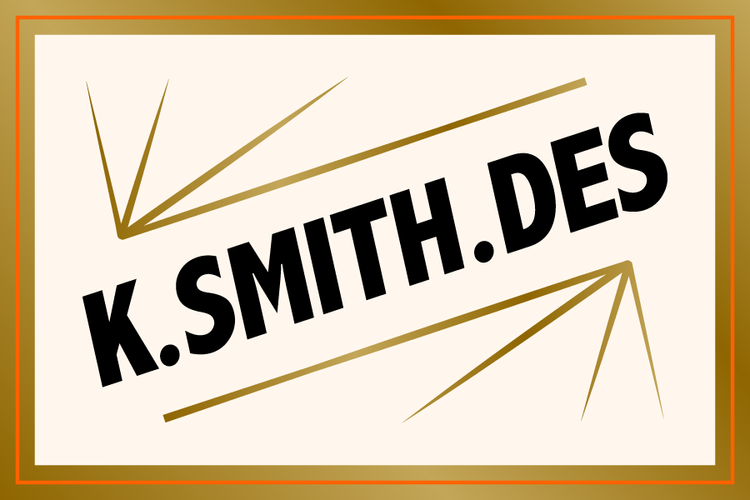A little backstory on this project…
Between working, sleeping, and socializing I split my time pretty evenly between Oakland and San Francisco. Given that most of that time is spent in SOMA (where I work) or Fruitvale (where I live) I have a passing familiarity with urban blight and the underutilization of green space. The specific issues – and by “issues” I mean observable symptoms not their underlying causes – in each area differ immensely. In San Francisco, urban space is a cage – the grid-like layout of it’s streets and the box-like architecture of it’s buildings marching up and down hills like prison bars or long teeth. With buildings pressed up against the sidewalk and one another there’s a dearth of front yardage, a dearth of tree wells and a general dearth of visually accessible greenery. However, this series is not about that specific set of urban issues. Sorry San Francisco, this series is very much about Oakland’s relationship to space.
In Oakland, urban space is simultaneously expansive and isolated. Lacking the motivation to grow upwards, everything spreads and languishes in uninspired apathy. Houses are cushioned by yards, businesses are cushioned by parking lots, and the streets are cushioned by tree wells. Which is not to say that any of it counts as well utilized space. Sure, there’s a great feel of openness and breathability to Oakland; but the cost of maintaining that open, urban space expands exponentially with the size of the space in question. If relatively wealthy San Francisco cannot properly landscape a tree well how do you expect relatively impoverished Oakland to properly maintain an empty lot, a small park, or the yard of a foreclosed home? How does a neighborhood who’s tax base (or political clout) doesn’t support adequate litter removal contain residents/landlords financially capable of landscaping their yards and tree wells en masse? Realistically, these things aren’t happening because Oakland is huge and sprawling and economically disadvantaged. “City coffers fall apart; the tax base cannot hold; Mere neglect is loosed upon public space.”
So how did I get from Oakland-has-lots-of-underutilized-open-space to the concept of the Urban Camo Seed Bomb? And what is an Urban Camo Seed Bomb anyway? Simple; when walking through my neighborhood I see more litter than plant-life and that wasted opportunity makes me sad. To combat this under-utilization of green space I’ve made a series of seed bombs painted to look like common trash – the idea being that my “trash” will blend in with the actual trash, dissolve in the rain, and eventually sprout flowers. So how are the Urban Camo Seed bombs constructed? The seeds I used are from the California Poppy and were chosen due to their relatively easy germination, their suitability for the region, their showy blossoms, and their status as the official California state flower. The seed bombs themselves are made from recycled paper, water, and flour that’s either pressed into moulds or flattened between bricks and painted using non-toxic water colors. Below are two of the dozen or so completed Urban Camo Seed Bombs. These are the Fancy Pants Art Portfolio shots.
And these are the Placed In The Urban Environment shots – specifically an abandoned tree well on San Leandro Street in Oakland. I walk by this spot every day and love the bottle cap mosaics. So much Heineken and Corona but not a single, solitary scrap of greenery! If successful, this project should help change that (although hopefully not so much that the mosaics no longer show).
In hindsight that shade of blue is off.
One of these is not like the others.
And how has this little experiment gone? Within 48 hours both bottle caps were gone. Within an additional 24 hours the Corona cap came back but was severally mangled – it’s paint smudged and it’s body crushed. Within another 24 hours it had disappeared again only to reappear once more the following day. At this point I can only conclude that my neighbors are playing tricks on me.
LESSONS LEARNED 1) Bottle caps need to be pressed into the soil both as camo and as protection from the wind. The Corona cap was pressed into the soil whereas the Heineken cap was not – I’m wondering if this had something to do with their differing fates. 2) Pick more secluded spots. If people see an art they will take it. While a certain amount of Seed Bomb FAIL has been factored into this project it would be nice if not ALL of them disappeared. 3) My neighbors are either the best or worst people ever. Keep a close eye on them…
Sad and mangled - after it's first disappearance.





